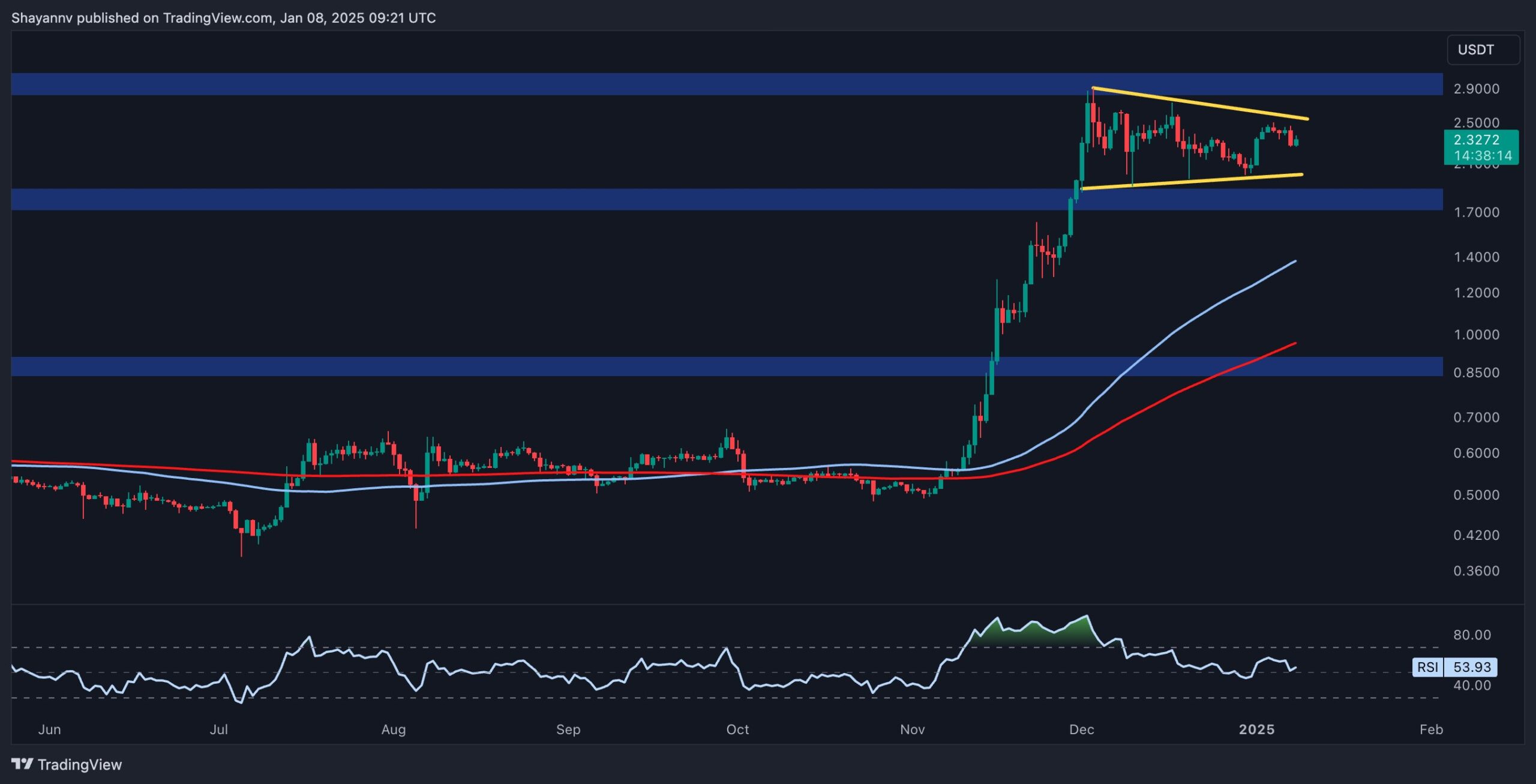Mega forces are reshaping global economic dynamics with the rise of Artificial Intelligence as a game changer that can have far-reaching implications for growth and composition of economies, including emerging economies such as India.
“Just like the rest of the world, India could experience rapid transformation due to artificial intelligence,” says Ben Powell, Chief Middle East and APAC Investment Strategist at the Blackrock Investment Institute.
India can close the gap with large economies by harnessing AI-driven innovations, companies investing in AI infrastructure and productivity gains.
Here are excerpts from an email interview with Powell, who is responsible for delivering value added market and investment insights across asset classes in the APAC region.
Artificial Intelligence is being touted as a transformational force with the potential to change global economic dynamics. Will developing economies and emerging markets like India leapfrog the transition into becoming developed economies by harnessing the power of AI?
Just like the rest of the world, India could experience rapid transformation due to artificial intelligence. We see three keyways in which AI could boost India’s economic development.
First, and potentially most transformational, AI could innovate the way that economies innovate – possibly accelerating the pace of major scientific breakthroughs. That will likely be where the biggest productivity benefits could be seen. The speed at which India can harness these innovations will determine how quickly it can close the gap with large, developed economies.
Second, for India to take full advantage of AI-driven opportunities, it will need to continue investing in AI infrastructure – including local data centers and energy – and in adoption of AI within companies. That will require further development of India’s capital markets to ensure a sufficient flow of credit.
Third, India may have a double advantage in terms of its potential to grow economic output in coming years: not only because AI could deliver productivity gains but also because its labour force will continue to grow rapidly thanks to its young population. That’s in contrast to many developed economies and China, where AI may deliver productivity gains but among a workforce that is shrinking due to an aging population. AI will likely change the structure of economies, shifting how and where labour is deployed – and entirely new industries could be created that we can’t yet even imagine. This applies in India as elsewhere.
Blackrock is making a re-entry into the Indian asset management space in a JV with RIL. Where does India sit in Blackrock’s overall investment strategy? What are the strengths that you see in the Indian economy from an investor perspective and where do you see the challenges?
India also offers strong long-term potential, in our view, even if near-term valuations appear elevated. India’s rapid growth rate, outstripping the emerging market average and surpassing China’s, underscores its economic ascent, albeit with some challenges ahead. We believe structural shifts underway in India map neatly onto the five mega forces we see shaping the world now and, in the future, – and provide a glimpse into sectoral and geographical opportunities.
The dynamics at play in India are an example, in our view, of the impact of the mega forces we see as drivers of the new regime. Supercharged digitization that has revolutionized financial transactions, favourable demographics and India’s relative success in navigating a geopolitically fragmented world brighten the long-term outlook, we think.
What are these mega forces and how do you see them affecting global funds flows, considering a new administration in the US, prospects of a recovery in the Chinese economy and geopolitical shifts taking place – and what is the immediate outlook?
The rise of artificial intelligence is a prime example, reshaping economic trajectories. It’s no longer about short-term fluctuations in activity leading to expansion or recession. The ongoing outsized response of long-term assets to short-term news shows how unusual this environment is. As we head into 2025, some countries have new leaders with a mandate for political and economic change. That could see policymakers pursuing measures that add to volatility rather than stability.
Our key investment themes to navigate markets in 2025 are as follows: First, harnessing capital markets to drive the region’s push into infrastructure and green technologies. Second, adopting more dynamic portfolio strategies to navigate economic divergences across countries with greater granularity. And third, remain pro-risk and stay nimble.
How is the APAC region placed in the investment thesis, and which are the specific countries where investors are looking to put in money?
Asia-Pacific is at the forefront of global transformation and is well positioned to navigate mega forces like the rise of AI, geopolitical fragmentation, demographic shifts and the low-carbon transition. APAC’s potential aligns with our key investment themes for 2025. This includes markets such as Japan and China. We are overweight Japan equities as structural reforms are gaining traction supporting our positive view tactically and an above-benchmark allocation to Japanese equities in long-term asset allocations. And China where we see tactical opportunities even as broader, structural challenges persist. We are modestly overweight Chinese equities as stocks are at attractive valuations to DM shares, yet we stand ready to pivot if future stimulus announcements disappoint. Strategically, we see opportunities in EMs at the cross current of mega forces – like India and Saudi Arabia.
Blackrock Investment Institute’s paper “2025 Global Outlook” makes a compelling case for AI and its transformative power. AI is being seen by many as a silver bullet that could potentially change the investment landscape while the sceptics view it as just ‘snake oil’. What is your view on this?
As we write in the piece, we think AI has the potential to radically reshape economies and markets. In coming years, AI’s adoption will vary across sectors. Initially, it could be most helpful in industries like healthcare, financial services, and communication services, where it can reshape operations and drive growth. Recent research by OpenAI researchers suggests up to 80 per cent of workers may use AI for some tasks, and as with the information and communication technology (ICT) revolution, entirely new jobs are also likely to emerge.
The long-run effects are much less predictable. Much like the industrial revolution shifted workers from agriculture to manufacturing, AI may transform today’s workforce. The ICT revolution similarly required widespread reskilling, and AI could follow suit, or be even more transformative – this is the mass production of intelligence itself. AI could transform scientific research, driving advancements in biology, chemistry, and materials science. AI could also be embodied in physical systems, including autonomous vehicles, drones, humanoids, and augmented reality.
Some have raised questions around AI overinvestment and those questions are valid, but the payoff will likely come over the next decade – not in the next year or two. Comparisons with the dot com bubble fall short, in our view: The dot-com era was marked by declining earnings quality, deteriorating capital efficiency and inflated valuations. Many of these indicators had gotten considerably ahead of historical norms, signaling trouble. Today’s landscape tells a different story. Unlike the dot-com era, robust earnings support today’s mega-cap valuations.
AI is heavily dependent on data – which can be subjective, flawed, or even incomplete. Are these big challenges while making investments and should we then extrapolate?
These are indeed challenges we should be aware of. But the models so far have been around for relatively little time and have shown remarkable improvement. Even working the technology that currently exists into processes can bring large benefits. Yet it will take time. Census Bureau surveys show only about 5 per cent of U.S. companies are currently using AI.
Limits might mean that we always need to combine quantitative (AI-driven insights) and qualitative (expert human judgment) approaches.
Different models/companies might try to design algorithms that explicitly account for and correct biases, such as through adversarial debiasing or reweighting techniques. Novel and promising solutions include utilizing synthetic data, or smaller models specifically trained and tested for reasoning in a specific area.
Published on December 11, 2024







Leave a Comment